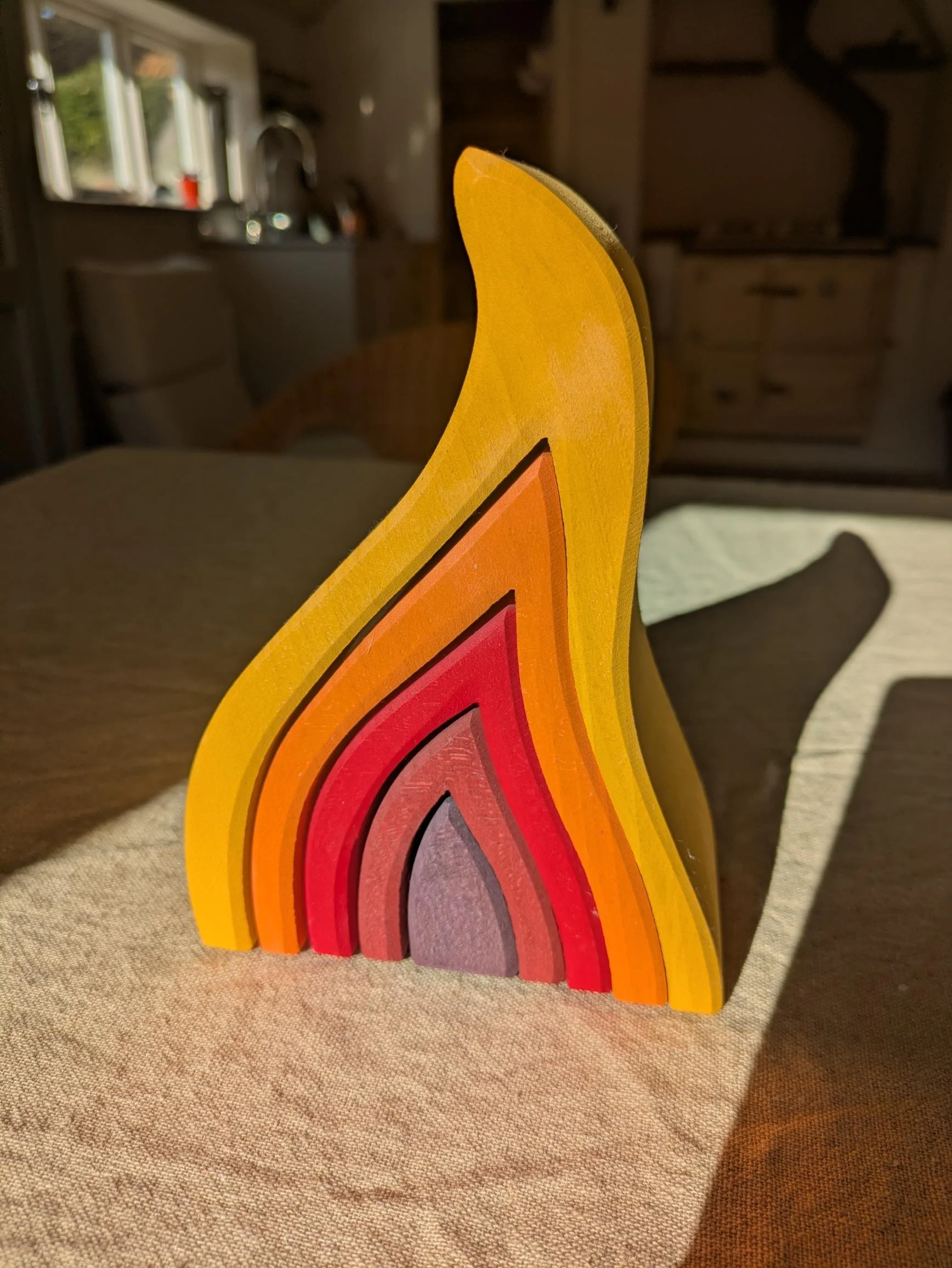Here’s a new one. How about the idea that there is nothing we can do about insomnia? When I say that I don’t mean it literally, and my intention is not to sound defeatist, but the reality is that, in spite of all the discussion, marketing and wisdom about insomnia, some of us still can’t sleep!
Sleep problems are generally presented as something we should be able to fix. The latest (https://www.theguardian.com/lifeandstyle/2020/feb/16/i-look-at-the-clock-its-3am-why-women-cant-sleep) is Mariella Frostrup’s evidently from-the-heart plea to change society for women so they don’t lie awake at night thinking about all the things they have to do. Frostrup presents sleep as a cognitive issue. Change your thought patterns and your insomnia will loosen its grip.
The other thing that’s often said about sleep is that there is an on-off switch. That sounds obviously wrong – but again there is a pervasive notion that if we can switch off our thoughts, then we relax. How about the possibility that even after switching off our thoughts we can’t wind down? Energetically we may still be buzzing: streamings, over-heating, muscle tension, visceral sensations, so much inner activity animating and agitating us in the middle of the night, all refusing the calm of our conscious control. In fact, it could be that it is our embodied, energetic charge that provokes us into conscious ruminations, rather than the other way round.
We could consider the idea that not sleeping is nothing to do with the thinking part of the brain, but the result of deeper, mind-body connections. These can become established in early childhood development. Modern neuroscience (https://www.youtube.com/watch?v=c0sKY86Qmzo) tells us that the frontal lobes, while firing, only come on-line gradually through the first two years of life. Our energetic self-regulation develops in these early years through neural connectivity between the emotional structures in the mid-brain and the body. And that regulation is very much dependent on our how we interact as babies with our parents.
As human beings we work though energetic cycles. An impulse starts, building a charge in us which reaches the top of the curve where it is fully expressed. We follow the curve downwards through the winding down phase to a point of rest at the bottom. Where there is a pause. It is towards the bottom of the curve, that we move towards sleep. If you miss out on the winding down phase you are more likely to bounce up again into activity in the middle of the night.
Parents instinctively understand this about babies – that holding and rocking a child can support the winding down necessary for sleep. Babies need ‘holding’ through all kinds of cycles both energetic and emotional. We cannot regulate our energy and feelings when we are very young. We need the eyes and the central nervous system of another person, to support us in this, so that our own neural pathways can grow and eventually we can do it for ourselves.
As a body psychotherapist, I see the difficulties when there was struggle at this early stage of development. Some clients can’t get up the curve in order to come down again. Others spend all their time at the top, crash down when they’re exhausted only to bounce up again after barely a moment’s rest. As a society we see this as a stress issue but it’s actually a difficulty in self-regulation. I think we all struggle with this to some extent. The point is that it isn’t something we can easily change. It’s very hard-wired in because it developed at a time when there was little connectivity with the frontal lobes. In other words, we can’t ‘think’ our way out of the problem.
It also isn’t our fault.
As a society we eschew sleeping with our children, helping them (and us) to relax through contact. We think that by suppressing babies into sleep, often leaving them alone, we will somehow instil good sleep habits. I’m not sure that works as we are not helping our children to move through their energetic cycles. Young children have to rely on themselves at a time when they’re just not neurologically equipped to do it. It can also lead to problems later on. A lot of us who were shut down in early life, start to open up in middle age, for instance. We then don’t know how to regulate ourselves as we missed a whole phase of brain development. (that sounds terrifying and I’m over-generalising, but it can particularly affect us around sleep).
There is good news – and that is since the brain is plastic and new neural pathways can be formed all through life, we can gradually attune to our own energetic cycles more successfully. But it does take time.
So, if you’ve tried everything and can’t sleep, relax. It’s probably not your fault. Yes, it’s helpful to wind down if you can. Don’t drink in late evening, use screens or over-stimulate yourself if you can help it. But at the same time, having done all this, you might still not be able to sleep, or still wake up at 3 am and know it’s going to one of those nights. Letting go of the blame, in fact realising this is not something you can control, might even be helpful. Be kind to your bouncing/ needy/frightened/angry infant self. Maybe you don’t need to do anything. Other than just realise that you’re both in this together.

